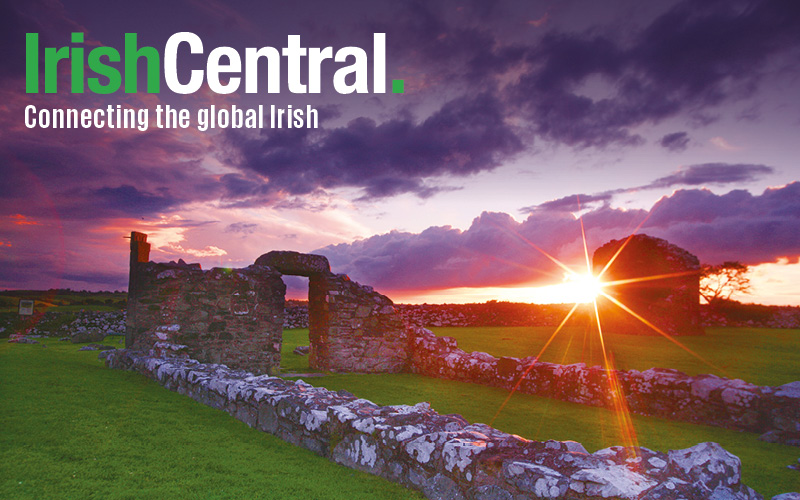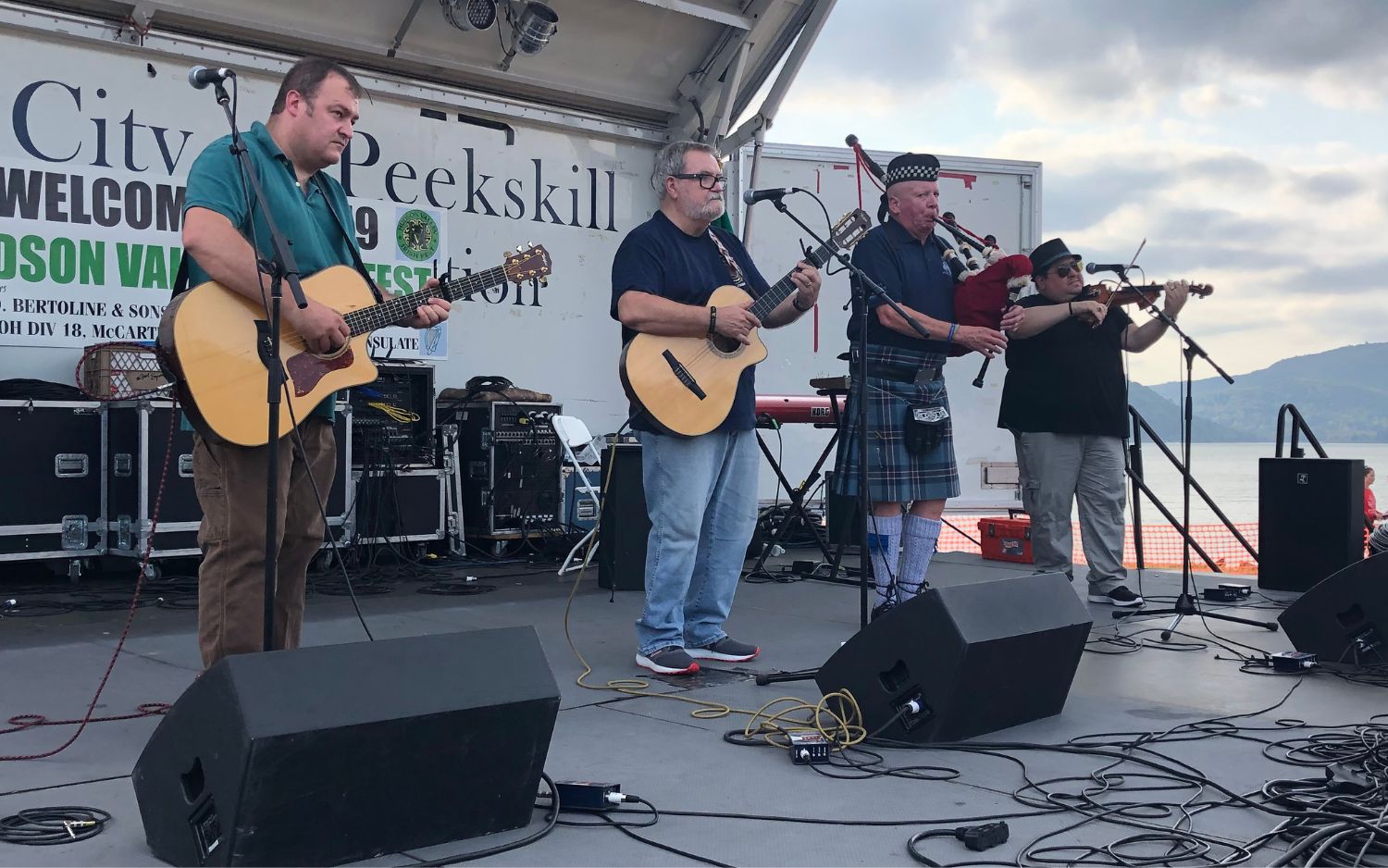JFK viewed the Concorde supersonic airliner, which could get from New York to London in under four hours, as a threat to American leadership.
In the 1960s, the US was in the midst of an Arms Race and a Space Race with the USSR. So when President Kennedy learned that the UK and France were miles ahead when it came to making a supersonic commercial jetliner, he was none too pleased.
The Concorde, the French-British supersonic turbojet that could reach speeds of Mach 2.04 (1,354mph) and carry up to 128 passengers from New York to London in under four hours, launched in 1976.
Read More: WATCH - JFK challenges NASA to put a man on the moon
But planning for it began much earlier, in 1954. Britain formed the Supersonic Transport Aircraft Committee (STAC) in 1956, and in 1962, a French-Anglo treaty was reached allowing the countries to work together. The consortium released information about their design plans in 1963, and on June 3 of that year began taking orders for the Concorde from airlines around the world.
President Kennedy had planned to announce the launch of America’s own Supersonic Transport (SST) program on June 5, 1963, in a speech to the graduating class at the US Air Force Academy. So when he learned that many of the airlines placing Concorde orders were American, he was furious.
Read More: Listen to JFK's previously unheard private message to Ireland
In a declassified June 4 phone call with Secretary of the Treasury C. Douglas Dillon, he vented at length about Juan Trippe, then president of the airline PanAm.
“How could he do that when he knew we were about to go ahead?” the president fumed.
“I think that he ought to retract that thing,” JFK said. “I think that you ought to call him up, Doug, and say that we’re [expletive] sore about this. He knew the United States . . . my God, I had it in my speech for tomorrow.”
“It involves hundreds of millions of dollars in balance of payments, which is going to sabotage a program to put the United States up in the lead in the 70s,” he added.
President Kennedy did go on to deliver the Air Force Academy commencement address and announced America’s own SST program.
“My judgement is that this government should immediately commence a new program in partnership with private industry to develop at the earliest practical date the prototype of a commercially successful supersonic transport superior to that being built in any other county in the world,” he said.
“If we can build the best operational plane of this type – and I believe we can – then Congress and the country should be prepared to invest the funds and effort necessary to maintain this nation’s lead in long-range aircraft – a lead we have held since World War 2.
“Spurred by competition from across the Atlantic and by the production of our own companies, the Federal Government must pledge funds to supplement the risk capital to be contributed by private companies
Read More: New York to Dublin in one hour? The future of aviation
“We are talking about a plane, at the end of the Sixties that will move ahead at a speed greater than Mach 2 to all four corners of the globe.”
Sadly, the plans were put on hold following his assassination. Despite support from President Nixon, America’s SST development program was canceled completely in 1971, after the Senate voted to cut funding.
The Soviet-built Tupolev Tu-144 prototype debuted in 1968, but the jetliner only operated commercially for one year, from 1977-78 after an improved version, the Tu-144D, crashed on a test flight while being delivered. The passenger fleet was permanently grounded after only 55 scheduled flights.
The French-Anglo Concorde operated until April 10, 2003, when British Airways announced the retirement of the Concorde in the wake of the crash of Air France Concorde 4590.




Comments